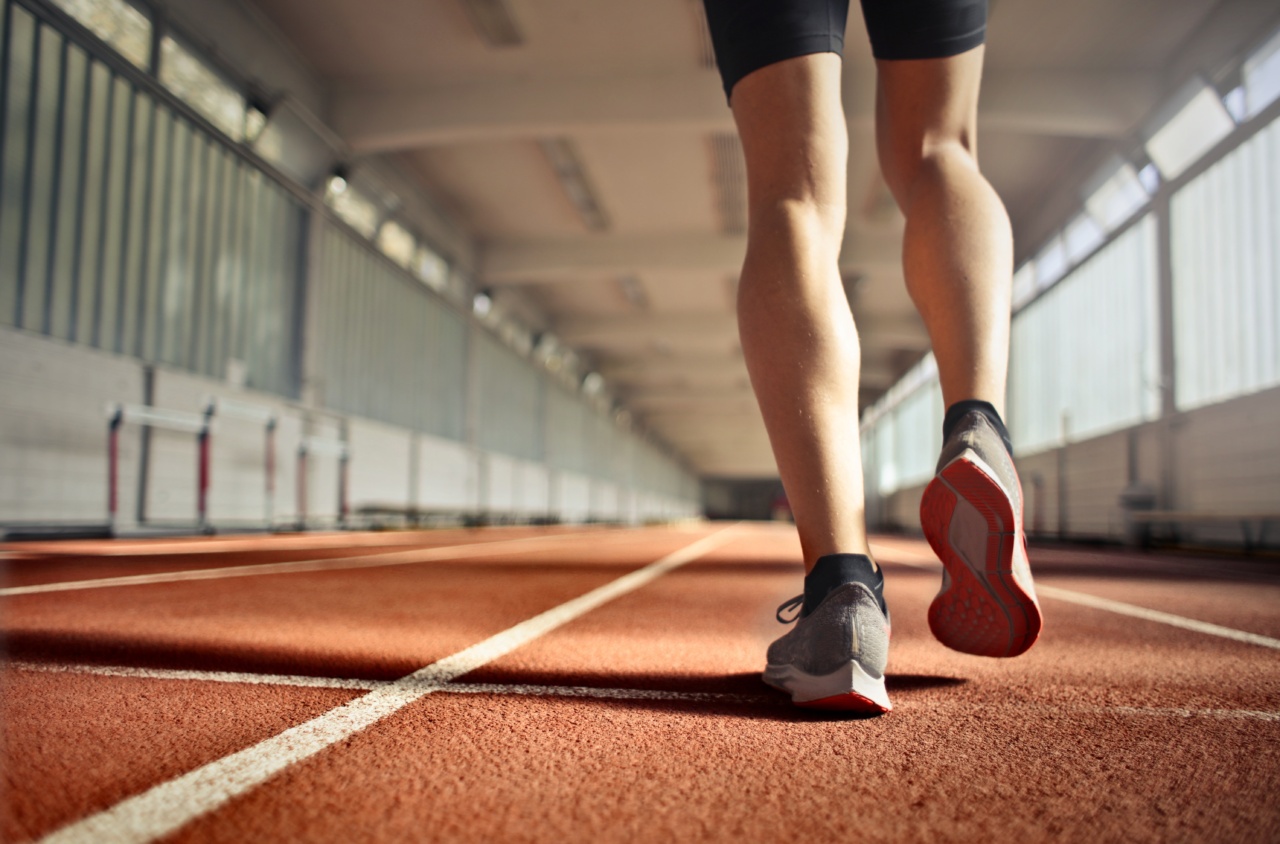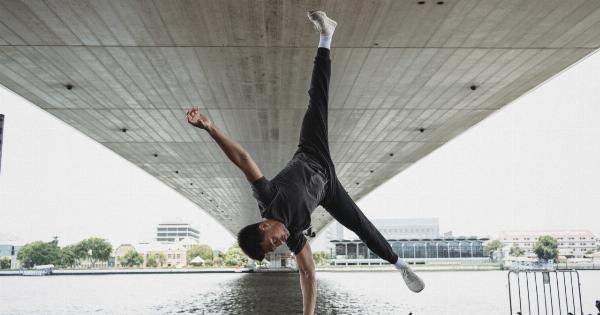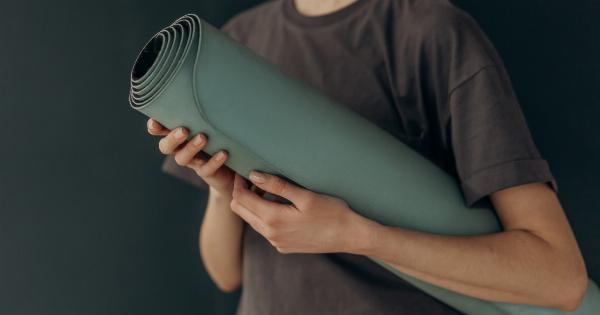As we age, one of the main concerns for many individuals is maintaining good health and vitality.
While there are various ways to combat the effects of aging, such as eating a healthy diet and getting enough sleep, incorporating regular exercise into your routine is crucial. Walking is a great form of exercise that is accessible to almost everyone, and it can have incredible anti-aging benefits. In this article, we will explore the power of a specific anti-aging exercise that can be done after walking.
The Science Behind Aging
Before we delve into the anti-aging exercise, let’s briefly discuss the science behind aging. Aging is a natural process that involves various changes in the body, such as a decrease in muscle mass, bone density, and metabolic rate.
Additionally, our body’s ability to repair and regenerate cells decreases over time. These changes can lead to a decline in physical and cognitive function, making it important to implement strategies to combat the effects of aging.
The Benefits of Walking
Walking is a low-impact exercise that can have numerous benefits for both physical and mental health. It is a weight-bearing exercise, which means it helps improve bone density and strength, reducing the risk of osteoporosis.
Walking also boosts cardiovascular health, lowers blood pressure, and improves circulation. Moreover, it promotes weight loss and helps maintain a healthy body weight.
Additionally, walking stimulates the release of endorphins, which are the body’s natural feel-good hormones. This can help reduce stress, anxiety, and depression, promoting better mental well-being.
Introduction to the Anti-Aging Exercise
Now that we understand the importance and benefits of walking, let’s introduce the anti-aging exercise that can be done after walking. This exercise is known as “planking” or “the plank.”.
What is Planking?
The plank is a static exercise that targets multiple muscle groups, including the core, shoulders, arms, and legs.
It involves holding a position similar to a push-up, but instead of the arms being extended, the elbows are bent and the weight is supported on the forearms. The aim of planking is to maintain proper form and hold the position for as long as possible.
Anti-Aging Benefits of Planking
Planking offers several specific anti-aging benefits that can complement the effects of walking. Let’s explore these benefits in detail:.
1. Improved Posture
With age, poor posture can become an issue, leading to aches, pains, and decreased mobility. Planking strengthens the muscles of the back and core, helping to improve posture and reduce the risk of back pain.
It also engages the muscles responsible for maintaining a neutral spine position, promoting proper alignment.
2. Increased Core Strength
A strong core is essential for maintaining stability, balance, and overall functional fitness. Planking engages the entire core, including the abdominal muscles, obliques, and lower back muscles.
By regularly incorporating planks into your exercise routine, you can improve core strength, which is crucial for maintaining optimal physical performance as you age.
3. Enhanced Balance and Stability
As we grow older, our balance and stability can decline, increasing the risk of falls and injuries. Planking challenges the muscles responsible for balance, such as the deep abdominal muscles and the muscles surrounding the spine.
By practicing planks, you can enhance balance and stability, reducing the likelihood of accidents.
4. Joint Health
Regular planking can have a positive impact on joint health. Contrary to high-impact exercises, such as running or jumping, planking puts minimal stress on the joints while still providing a workout for the muscles and bones.
This makes it a suitable exercise option for individuals with joint issues or those seeking a low-impact exercise alternative.
5. Increased Metabolic Rate
As we age, our metabolic rate naturally slows down, making it easier to gain weight and harder to shed excess pounds. Planking activates multiple muscle groups simultaneously, promoting muscle growth and increasing metabolism.
This, in turn, can help maintain a healthy weight and prevent age-related weight gain.
How to Perform Planks
To perform a basic plank, follow these steps:.
- Start by positioning yourself face down on the floor, supporting your body weight on your forearms and toes.
- Ensure your elbows are directly beneath your shoulders and your body forms a straight line from head to toes.
- Engage your core muscles by drawing your navel in towards your spine.
- Hold the plank position for as long as you can maintain proper form, aiming for at least 30 seconds to start.
Progressing with Planking
Once you have mastered the basic plank, there are various ways to progress and challenge yourself:.
1. Side Plank
The side plank is a variation of the plank that targets the obliques, or side abdominal muscles. To perform a side plank:.
- Begin by lying on your side, propped up on one forearm.
- Stack your feet on top of each other or stagger them for extra stability.
- Raise your body, forming a straight line from head to toes.
- Hold the side plank position for as long as you can, then switch sides.
2. Plank with Leg Lift
This variation adds an extra challenge to the plank by incorporating leg lifts. To perform a plank with leg lift:.
- Assume the forearm plank position.
- Lift one leg off the ground, keeping it straight and engaged.
- Hold for a few seconds, then lower the leg and repeat with the other leg.
3. Elevated Plank
The elevated plank increases the difficulty by raising your feet onto an elevated surface. This engages the muscles at a different angle and intensifies the exercise. To perform an elevated plank:.
- Place your feet on an elevated surface, such as a step or a bench.
- Assume the forearm plank position with your elbows directly beneath your shoulders.
- Hold the elevated plank position for as long as you can, maintaining proper form.
Conclusion
The combination of walking and incorporating planking into your exercise routine can have powerful anti-aging effects.
Walking provides numerous physical and mental health benefits, while planking strengthens key muscle groups and enhances overall fitness. By making these exercises a regular part of your routine, you can promote longevity, maintain vitality, and enjoy a higher quality of life as you age.































